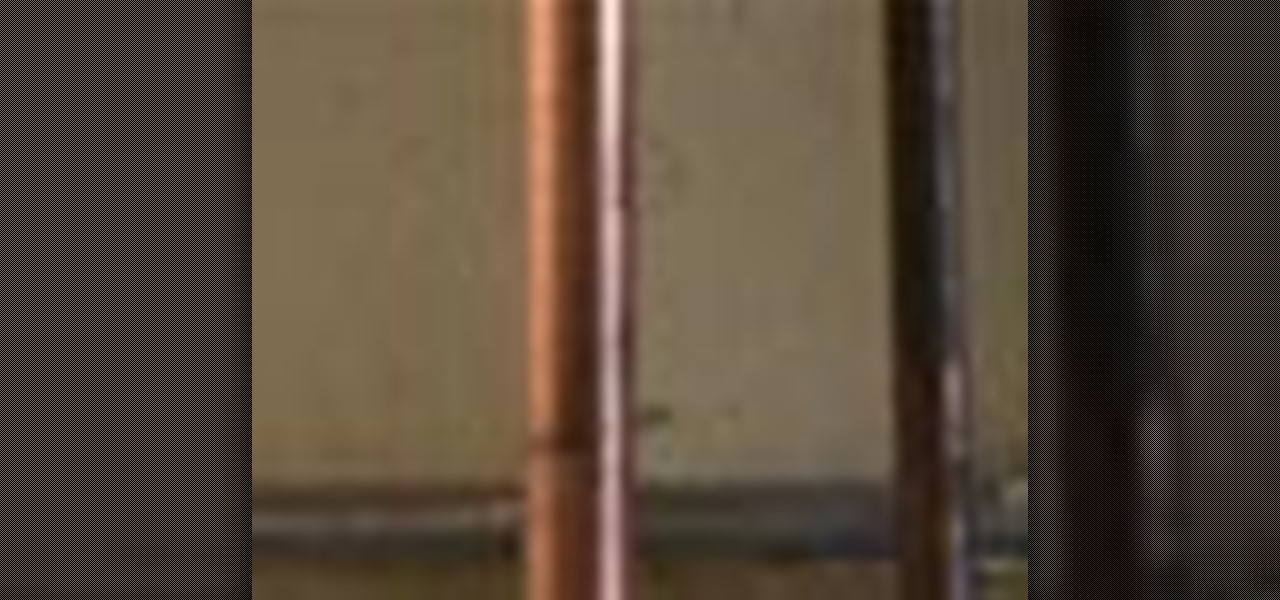
How To: Stop pipes from freezing by applying insulator and caulk
About a quarter of a million homes sustain damage from broken pipes every winter. Here's how to avoid a similar fate. Watch this video to learn how to prevent pipes from freezing.


About a quarter of a million homes sustain damage from broken pipes every winter. Here's how to avoid a similar fate. Watch this video to learn how to prevent pipes from freezing.

Winter is already here, and when Jack Frost is nipping at your nose, he tends to nip on your wallet, too.

Lightning is scary and powerful, yet when harnessed correctly, it can become a beautiful pattern for hand-crafted wooden furniture. Muchd like Zeus in ancient mythology, Canadian Woodworks is harnessing the power and beauty of lightning, but they're doing it for aesthetic purposes.
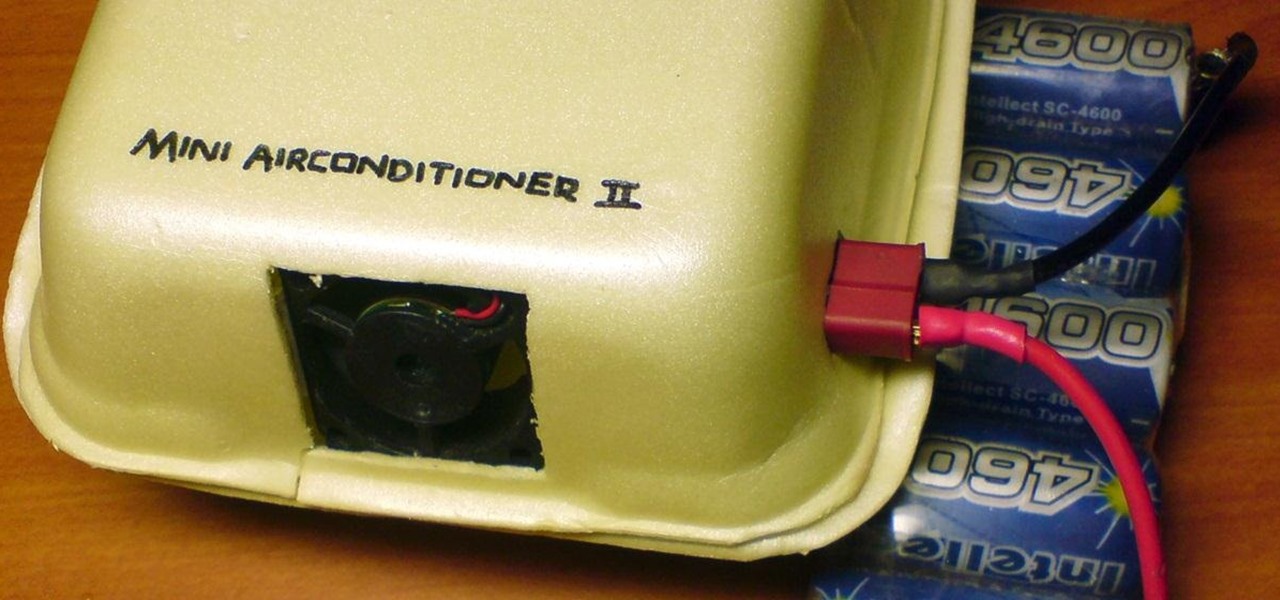
Summer is here, and temperatures are rising. Instead of shelling out for an expensive new air conditioning unit, why not build one yourself with a few bucks worth of old computer parts?
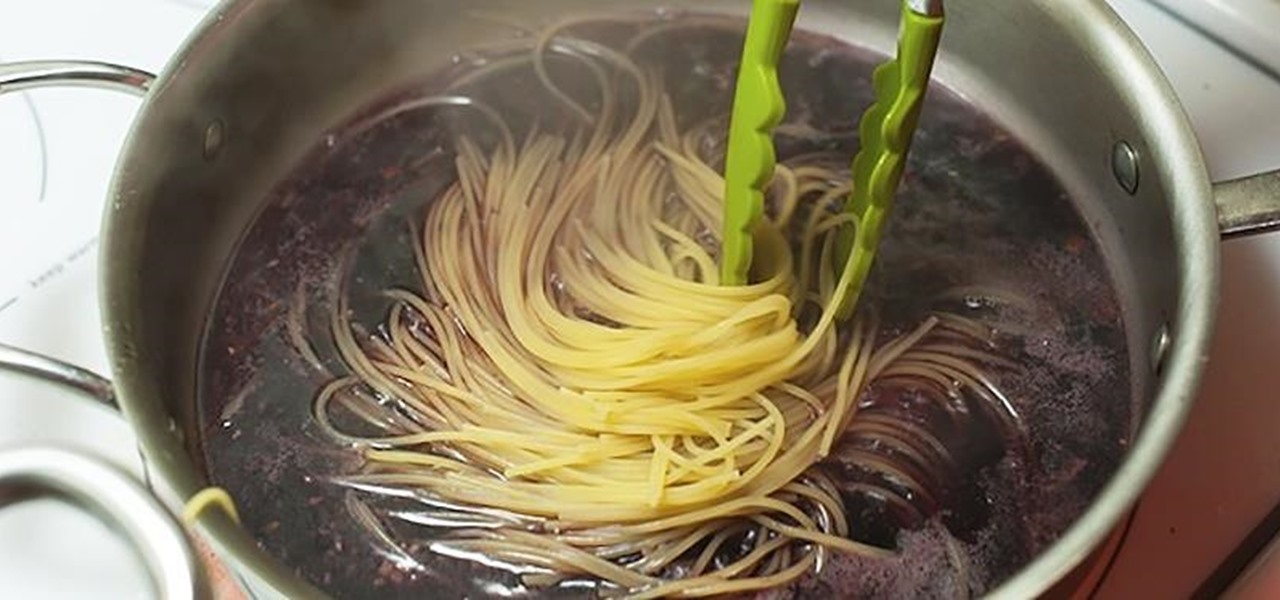
Who doesn't enjoy sitting down to a nice dinner with a cocktail in hand? After a long day, a drink is a great way to unwind. Yet your favorite spirits can do more than just help you relax after work. By utilizing alcohol in the kitchen, you can enhance everything from how food tastes to your health.
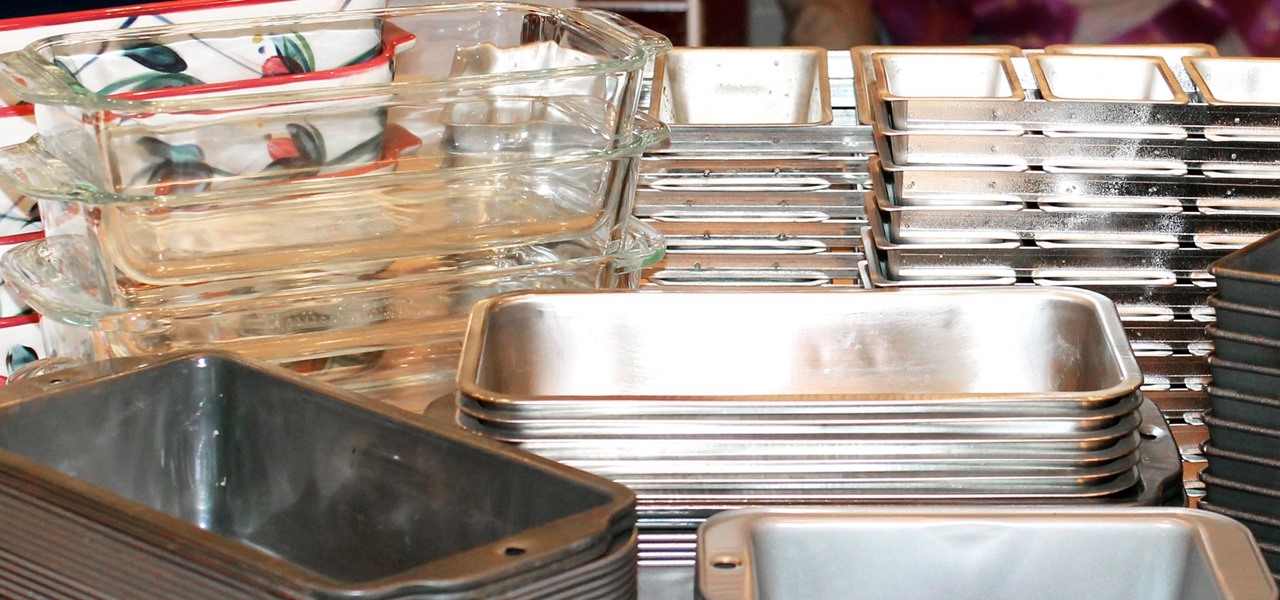
For so many of us, bakeware is bakeware. As long as it's oven safe and able to tolerate the high heat, it's fine to bake in, right? Wrong!
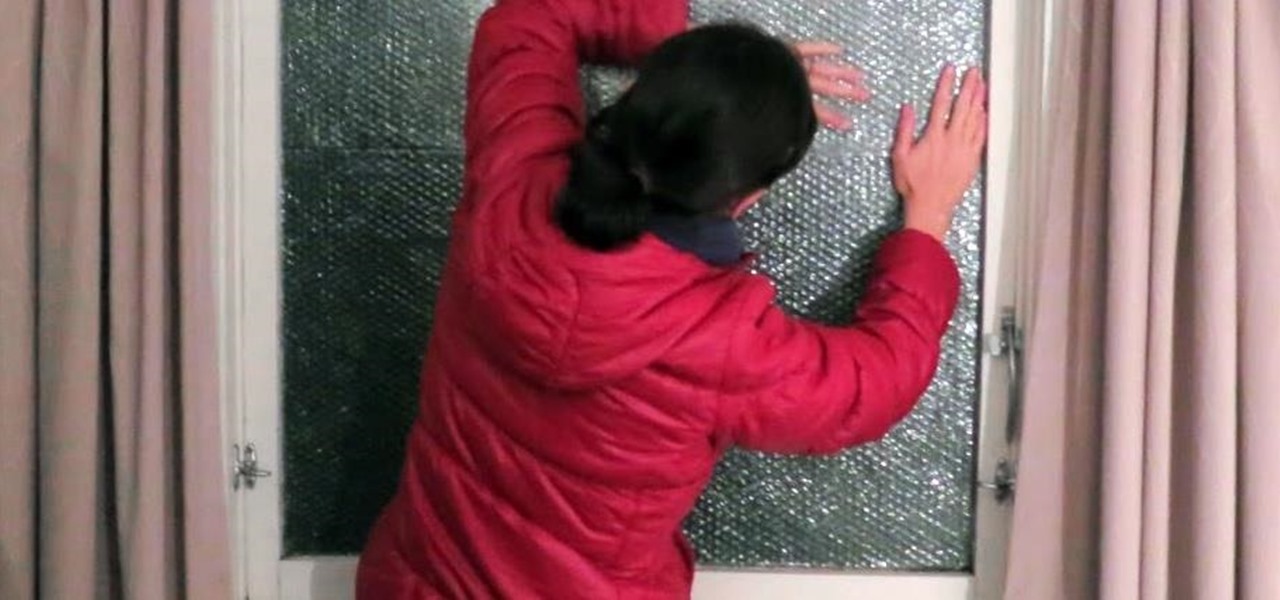
When temperatures drop and hit new lows during the cold, winter months, it's hard not to crank the heat up. That means increased energy bills each month, no matter if you rely on gas, electric, or another fuel for heating.

Prepare all the materials and tools needed for the process. Prepare a circuit tester, an electrical tape, a flathead screwdriver, a pair of scissors, and an electric sealers kit. Then, make sure that you turn off the power at the main circuit box. Place a piece of electrical tape over the circuit breaker that goes to the circuit that you are going to work on. Unscrew the screws that are holding the plate cover of the outlets to the wall. Test the outlet using the circuit tester to make sure t...

Have a few light bulbs and a blowtorch? Then join the folks over at Harvard in a cool science experiment on the conductivity of glass. As you well know, glass is an insulator with low conductivity and high resistivity. In the video below, they flip the switch, demonstrating how heating the glass fuse enclosure from an incandescent light bulb can create a conductive material that completes the series circuit and lights the second light bulb. In the video, the two light sockets are wired in ser...
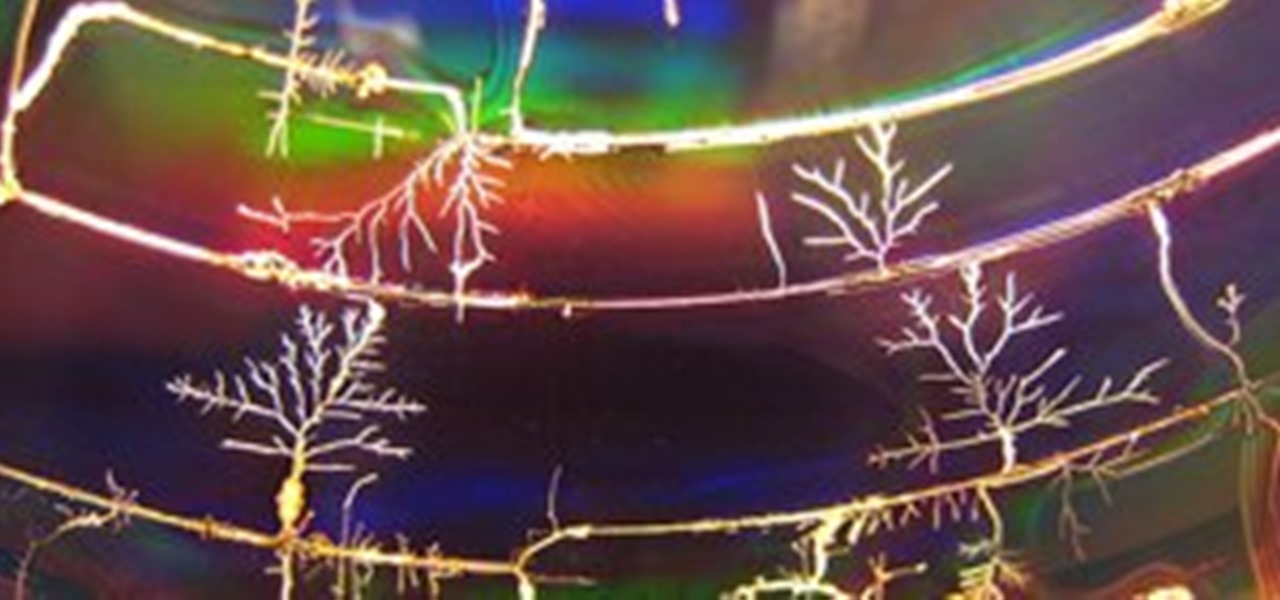
Natural processes often create objects that have a fractal quality. Fractal branching patterns occur in plants, blood vessel networks, rivers, fault lines, and in several electrical phenomena. Many of these processes take lifetimes, or even occur on geological timescales. But this is not the case for electrical phenomena. They often occur near instantaneously. One example would be the branching patterns that sometimes occur in lightning.